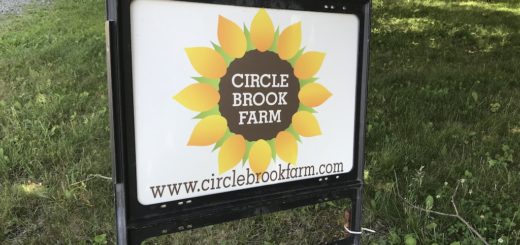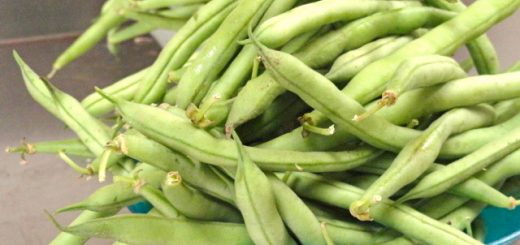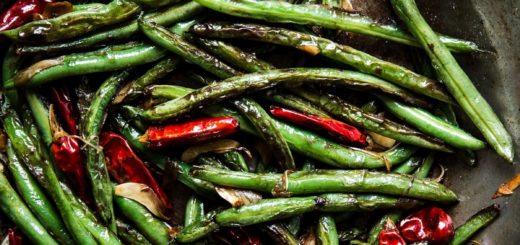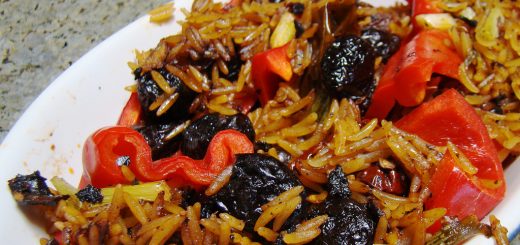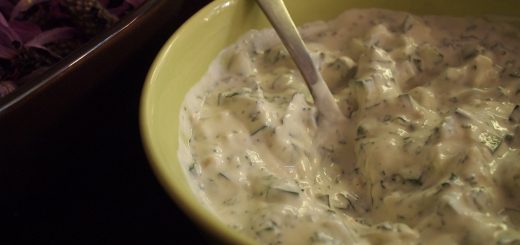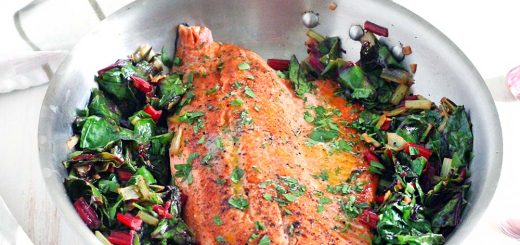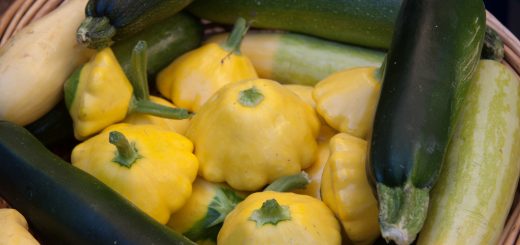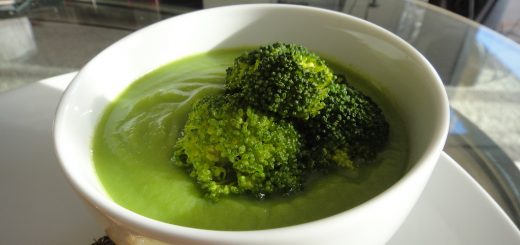Farm News – July 14, 2025
Hello Folks! It has been a little dry on the farm this past week. We have sandy soil, so it dries out quickly, and we are still sowing seeds and transplanting brassicas for the fall crop. We are in the part of the summer when rainfall typically depends on scattered thunderstorms, where scattered is the operative word. As I write this update, we are receiving a light rain and hoping for more overnight, otherwise we will be moving the sprinklers around tomorrow. Fortunately, the temperatures have been moderate and are forecast to remain so for the next ten days. (more…)
